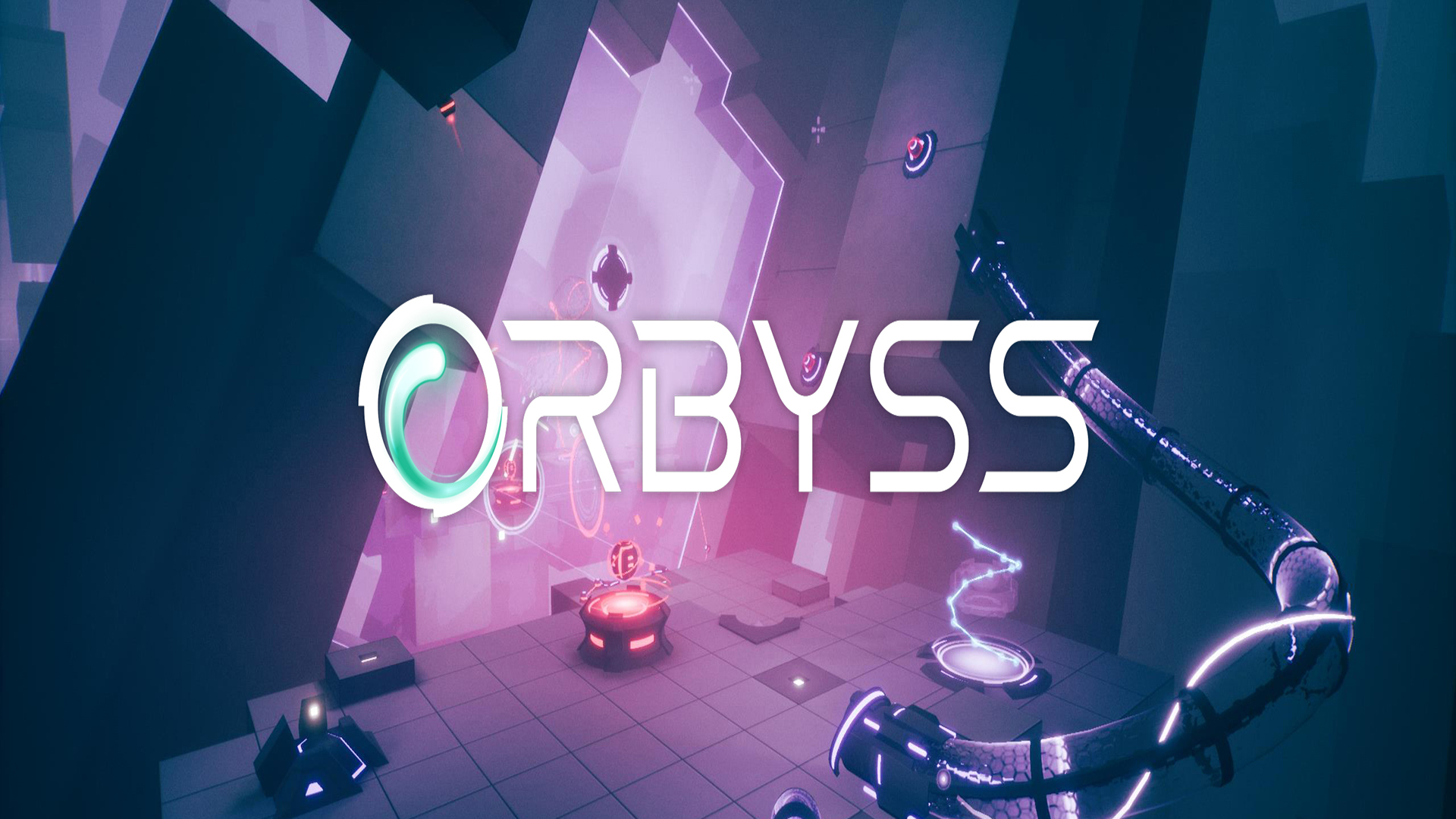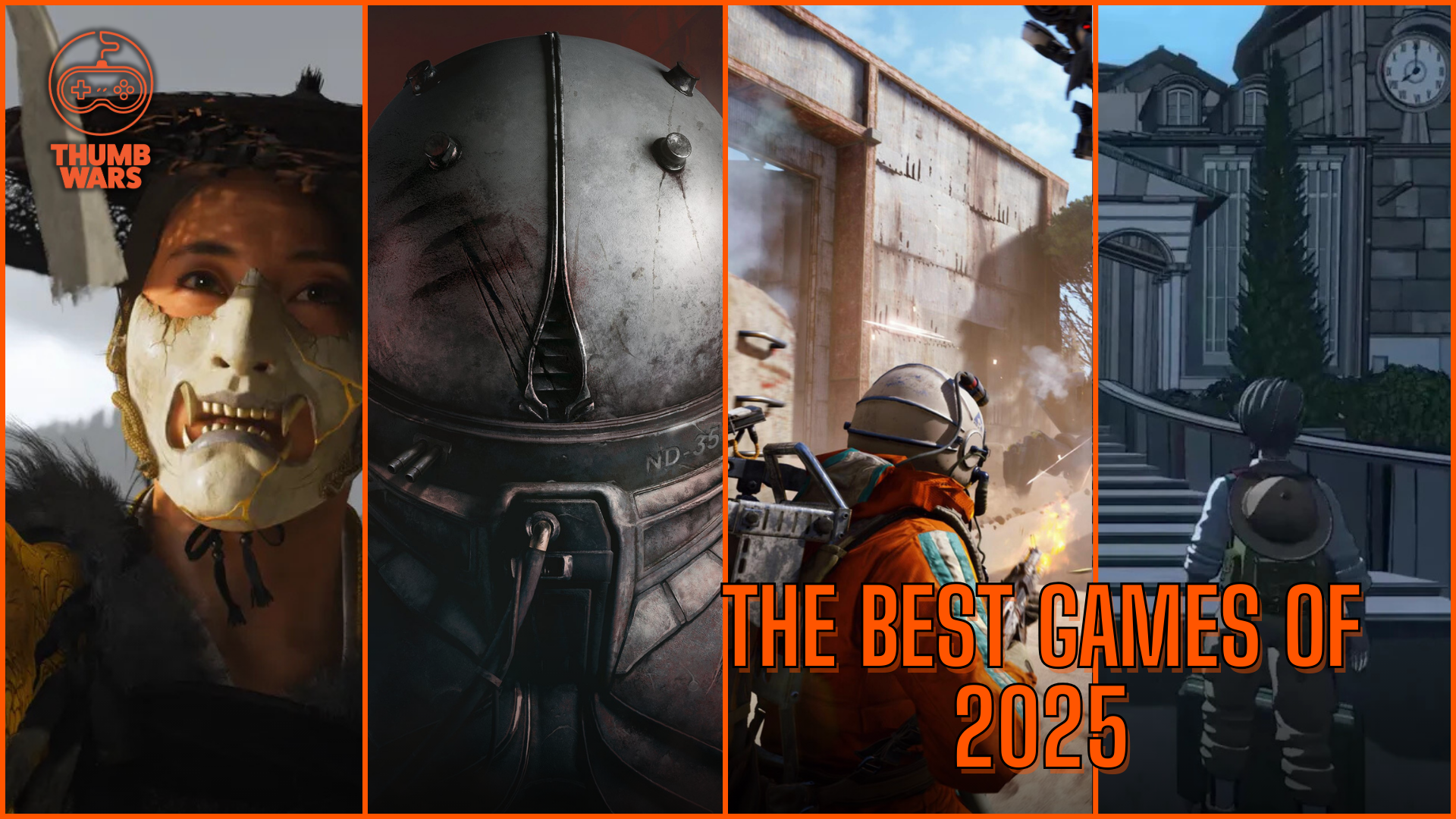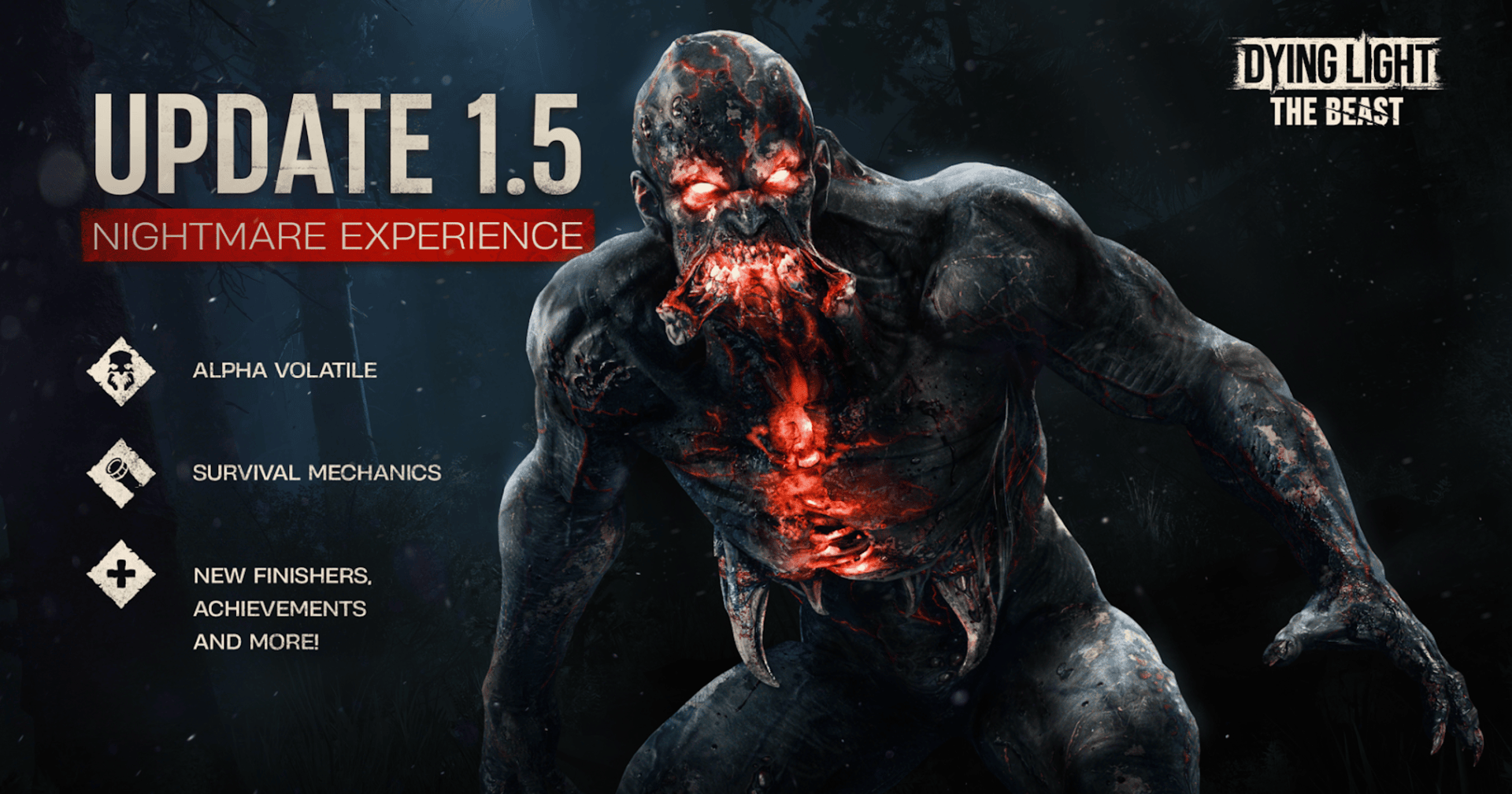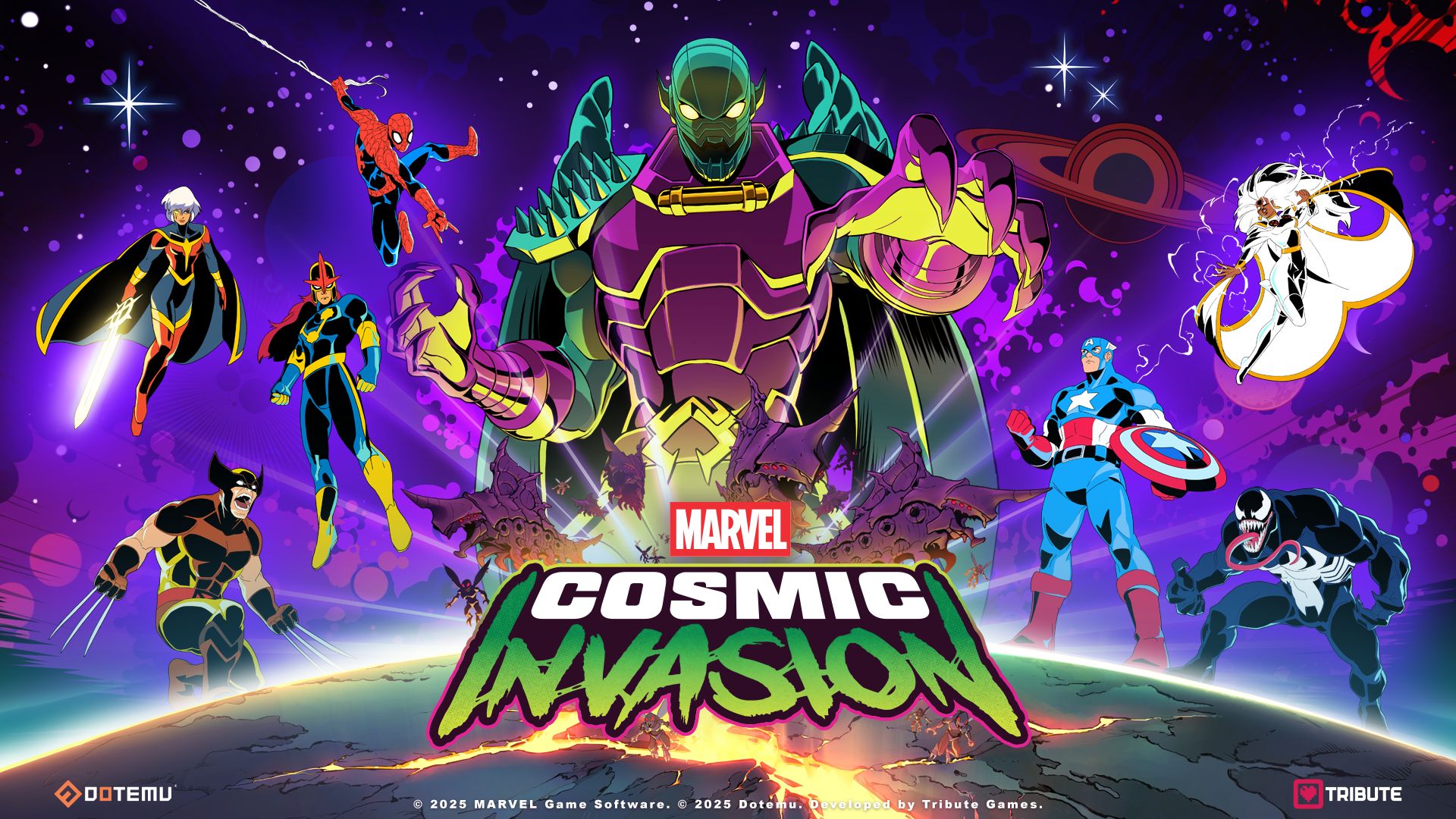Last Updated on Oct 28, 2025 @ 10:32:39 AM.
Recently, I had the opportunity to speak with the developer behind the upcoming title Orbyss, which tasks players with controlling a unique ball to solve various puzzles that utilize a range of intricate and complex mechanics that the developer has worked tirelessly to perfect.
During this interview, we discussed several topics, including the challenges of creating various types of puzzles, perfecting unique mechanics, deciding what content to keep and what to cut, the inspiration that led to the creation of Orbyss, and even the future of Orbyss and potential for future projects.
| Editor’s Note: |
|---|
| Due to this being a written/speech interview, some answers have been edited for clarity/brevity, without removing intent and context. |
First of All, So Our Readers Know, Who Are You, and What Is Your Role Within Creating Orbyss?
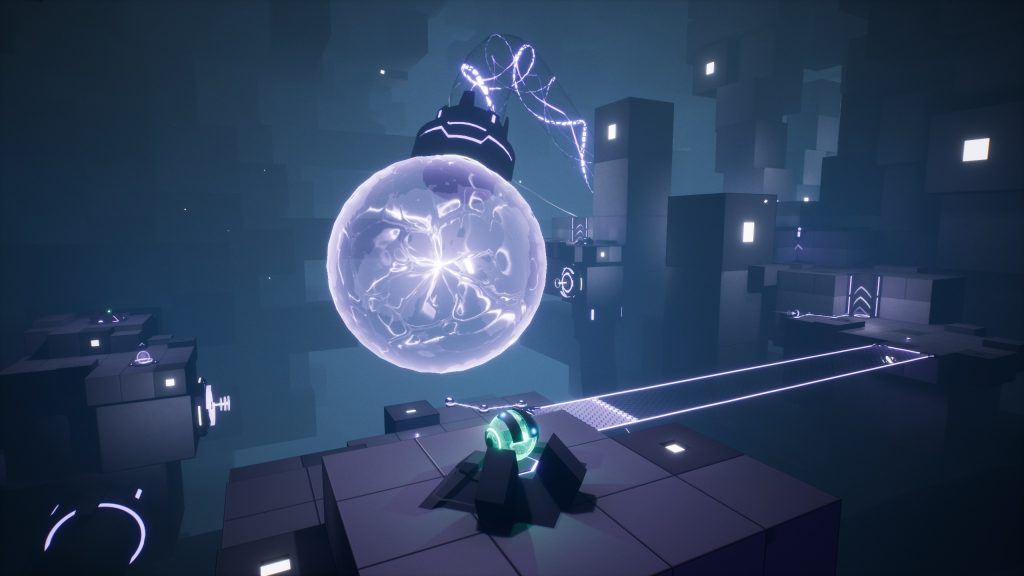
I am a French engineer and a solo game developer in my free time. I have been working on Orbyss mostly since 2020, but it is essentially my passion project since 2012, when the first core ideas were developed. I’ve handled the design, programming, and art myself. The only part I didn’t do alone was the music and sound design, where I was lucky to collaborate with the talented sound designer Pierre Estève (Atlantis game
series).
Orbyss Is a Rather Unique Game. What Was the Inspiration Behind It, if There Was Any?
The desire to develop a puzzle game emerged after playing Portal 2 and Qube back in 2011, so these games had a major role! I’ve always been fascinated by logic puzzles and abstract problem-solving. But also by games that create a sense of mystery and wonder, like The Talos Principle or The Witness. Orbyss grew out of wanting to merge that feeling with my own puzzle mechanics ideas.
During the Trailer, We Can See There Are a Few Different Mechanics Involved in Orbyss, Such as Controlling Different Balls, Time Travel, and Even Sound-Based Puzzles. Were There Any Challenges Creating a Balance Between These Puzzles?
Absolutely. Each mechanic can be powerful on its own, so I had to be careful not to overwhelm players. The biggest challenge was making them complement each other rather than compete. I tried to design the 8 chapters of the game to focus on one new mechanic at a time at first, then slowly combine them with previous mechanics so players naturally build the skills to solve more complex situations.
My main issue was about ordering the chapters and the mechanics to ensure a good flow, variety, and difficulty level. In fact, I had to do two major rewrites. In the demo, you can play with the “Freeze time” mechanic in chapter 3. This chapter was initially chapter 12 of 14 (and not 3 of 8), so almost at the end of the game. Now it’s one of the main mechanics, reused in many rooms after chapter 3. This gives you a glimpse of how much the structure of the game has been redesigned.
When It Comes to Creating Puzzles, There Is a Difficult Balance of Ensuring They Can Be Both Difficult and Solvable. Is This Something You Came Across?

Yes, I think most puzzle game developers face this problem: how to create something that is hard enough to be interesting but not too hard so most players will be able to solve it? I often had puzzles that felt clever to me but were frustrating for playtesters. I learned to step back, watch how others approached them, and simplify without removing the core idea. It’s a constant balance of making players feel challenged but also making sure they have that satisfying “aha!” moment. Most of the time, the problematic puzzles were just overly complicated for no good reason.
When It Comes to Creating Puzzle Games, It Is a Challenge to Ensure That You Don’t Reuse Puzzles or Make Them Too Similar to Each Other. Is This Something You Found Difficult to Avoid?
This is one of my favorite things about game design. Very soon into development, I encountered this issue and had to make sure I had a good design process to avoid the feeling of solving the same puzzle again and again, even when the same mechanics were involved. Now the game contains more than 45 rooms (test chambers), and in my view, no two rooms are alike!
To design a new room, I always start by finding what I call a “twist”: a specific and simple action that the player will have to do that is fun and clever, never encountered in the previous rooms of the game, making that room interesting and unique. Once I’ve found a twist, I build the room so the player is forced to encounter it. Sometimes, this even allows me to build the entire room topology in reverse, by pure logical deduction, because there is a minimal set of elements that are necessary for the
twist to happen.
With Puzzle Games, if a Player Doesn’t Understand or Complete It in a Normal Amount of Time, They Get Frustrated, and Some Give Up. How Are You Handling This and Stopping That From Happening?
The main tool to solve this issue was aiming for a really smooth difficulty curve. Each new mechanic has to be introduced in small steps. First, a very simple room just to understand the basics of it, then adding some subtleties, then combining it with previous mechanics, etc. But it may not be enough in some cases, so I added a hint system, available after 5 minutes without solving a room.
There is also an option that can transform any sound-based puzzle into a visual puzzle. It makes the game fully accessible for players who don’t want or can’t play with sound, but it also makes it easier for people who have both the sound and the visual equivalents.
There Are Plenty of Mechanics Taking Place Within Orbyss; Was It a Challenge Ensuring These Mechanics Were Properly Used and Wouldn’t Overly Complicate Things, or Was It a Simple Task?
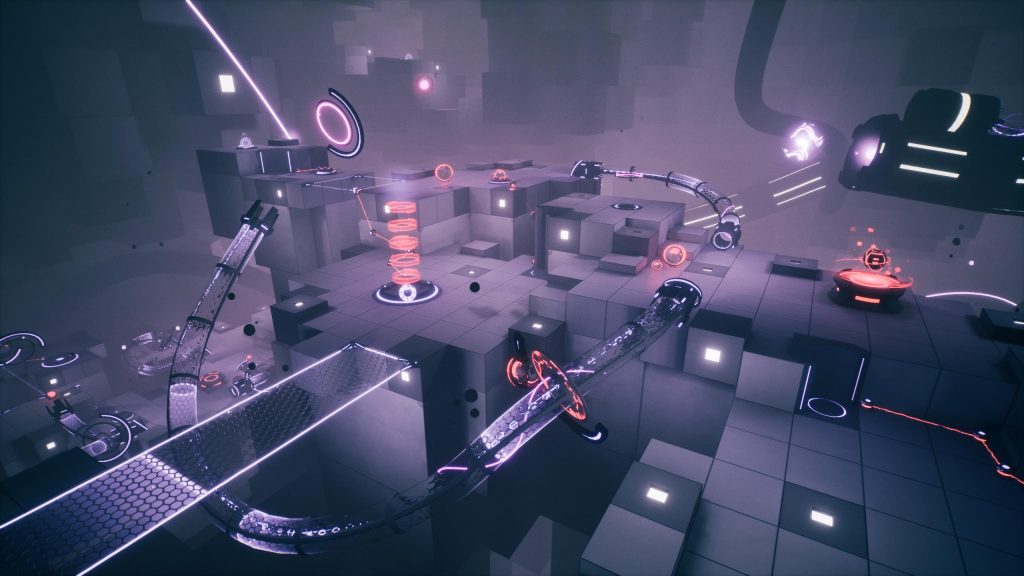
It was a challenge, but one I enjoyed. I kept asking myself, “Does this mechanic add something useful or meaningful?” If it didn’t, I cut it. That way, the mechanics that remain feel essential and are used in different, interesting ways rather than being gimmicks. Each chapter is dedicated to a new mechanic and avoids combining too many at the same time.
The number of different mechanics is also something to be careful about: there is no need to have dozens of different mechanics if you can’t exploit them to their full potential. Better to have fewer mechanics and push the player to use them in all sorts of unexpected ways!
The World of Orbyss Is Incredibly Detailed With All Kinds of Lights and Colors, Making the Surroundings Stand Out. What Was the Inspiration Behind This?
Unsurprisingly, the universe of Tron was part of it. I wanted the world to feel dark and abstract, with strong contrasts, glowing lights, and surreal colors. This helps reinforce the sense that you’re somewhere unfamiliar, where the environment itself is part of the puzzle. Bioluminescent submarine life was also a part of the inspiration for all the small creatures that the player may encounter in the game.
As a Solo Developer, Has the Journey From Concept to Reality Been Especially Difficult?
Yes, but also incredibly rewarding. Working alone means every decision is yours, but it also means progress can feel very slow. And having no deadline is kind of a trap, too. Less stress, but more procrastination! The project also gained in ambition year after year, so that even when I was making progress toward the objective, the goal was moved further away faster. But looking back, that constant evolution is what allowed the game to grow into something far beyond what I first imagined.
How Are You Standing Out From What Is Quickly Becoming a Saturated Market?
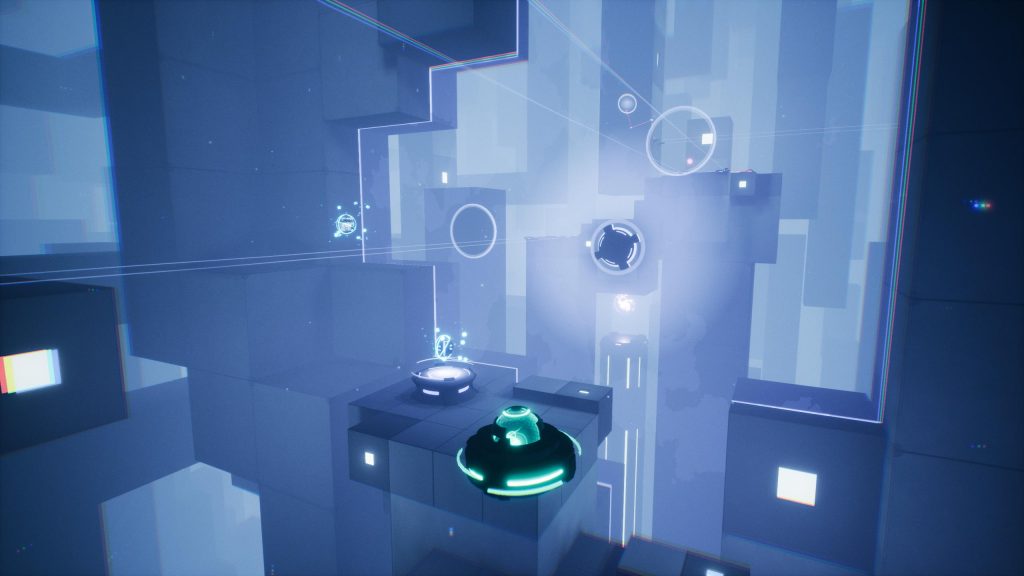
I think Orbyss stands out through its mix of mechanics, and especially the core mechanic involving switching between several Orbs. Controlling multiple characters at once has always been something that I found incredibly fun. I like to say that it feels like playing in co-op with yourself! Co-op mechanics are often interesting because we don’t see them that often.
Actually, I got this idea from one of the first games I played in my life: Gobliins 2. You are controlling two little goblins to make them cooperate and achieve various actions in the scene. That’s exactly what you do in Orbyss.
Sound-based puzzles are also not that common. With my sound designer, we really aimed to blend these mechanics into the environment and the ambient music, so they feel natural.
Finally, it may be seen as a detail, but most similar puzzle games are first-person humanoïd (The Talos Principle, The Turing Test, The Entropy Centre, etc.), often with a special gun. Rolling Orbs (outside of the arcade/platformer genre) brings some novelty!
Understandably, Orbyss hasn’t Been Released Yet and Is Scheduled to be released in October. However, Are There Any Plans for Additional Content?
Yes! There are already 5 bonus rooms almost finished, which I may release before the end of 2025. A few other rooms are work-in-progress. But more importantly, I have two whole additional chapters, each bringing a new mechanic, that are mostly programmed and integrated. But they didn’t find their place in the base game for various reasons. I still don’t know how and when I would release them, but it would be a shame to keep them for myself!
If There Are No Plans for Additional Content, Are You Looking Towards a Potential Sequel, or Are You More Looking Towards Moving on to a Different Project?
Independent of any additional content, there is no sequel planned for now. As much as I love the universe of Orbyss, after all these years, I think I might prefer starting a new project and exploring a completely different game design and set of mechanics. But probably a puzzle game anyway!
Something We Are Doing Here at Thumb Wars Is Asking Developers if There Are Any Misconceptions That the General Public Believes About Game Developers That Annoy You?
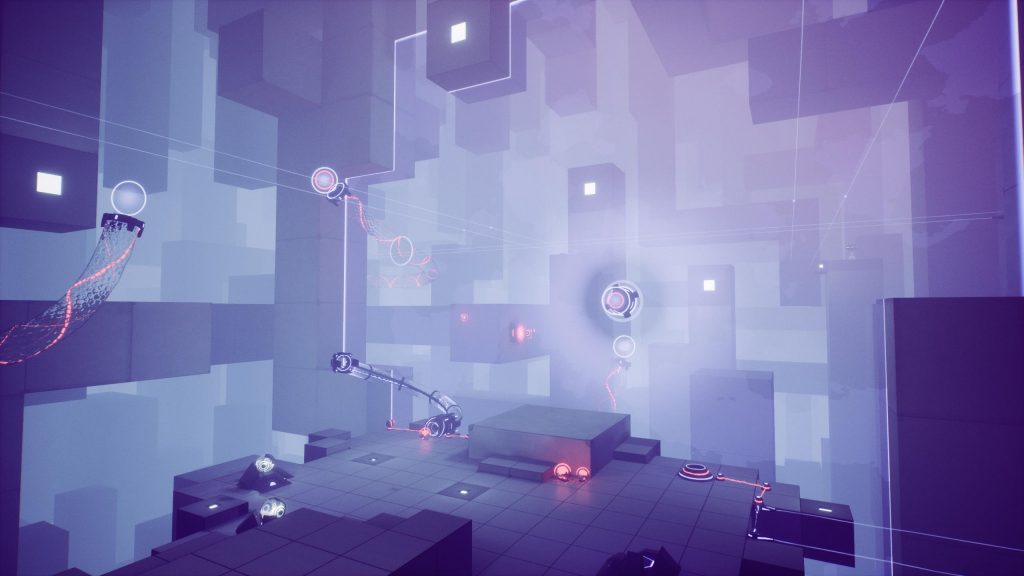
In my experience, one common misconception is that making a game is mostly about “having a cool idea”. I think a lot of people imagine that once you’ve got the concept, the rest somehow falls into place. But in reality, the idea is only the starting point, just a spark.
Most of the journey is everything that comes after: solving unexpected problems, testing, iterating, throwing things away and trying again, and slowly shaping the game into something that actually feels right. It’s less about the initial vision and more about the persistence to refine it day after day.
At the Moment, Orbyss Is Set to Release on PC Only, but Are There Any Plans or Hopes for the Title to Make Its Way Onto Consoles?
It will mostly depend on the success of the sales on PC. I would love to see Orbyss on Nintendo Switch. If I get the budget and find the right partner for porting the game, it may happen.
Were There Any Puzzles or Mechanics That You Wanted to Include Within Orbyss but You Found Them Either Too Complicated or Didn’t Fit the Game You Were Creating?
Remember the 2 chapters that I mentioned earlier for potential additional content? Well… that’s just the tip of the iceberg. Especially in the first years of the project, before 2020, I was testing a lot of things, going far into the programming of new mechanics and designing whole chapters based on them. But in order to keep a good pacing, I had to let a few of them go away: wormholes, Orbs containing energy that could be unloaded/reloaded, anti-gravity volumes, and more… In 2020, I began to clearly define the project and its ambitions, which allowed things to progress more naturally.
Were There Any Particular Moments During the Development of Orbyss That Made You Especially Proud That You Feel Our Readers Would Want to Know About?

One of my proudest moments was seeing the first complete playthrough by a tester who wasn’t me. Watching someone explore, struggle, and then solve puzzles I had designed was a bit surreal. It felt like the game finally existed outside my head. Of course, a second moment was seeing the first playthrough that is not only complete, but also smooth from start to end, without a hitch, and with a good progression curve. Then I felt “It’s real now”.
For those looking to try out Orbyss, a demo is currently available for players. The game is scheduled for release sometime around October 2025.
For more Thumb Wars Gaming coverage, check out our review of Mafia: The Old Country, or check out our thoughts on Phantom Blade 0 after trying it out at Gamescom.
Liam is a Senior Editor, Writer, and Critic for Thumb Wars and has been working with the team since day one. Liam is a big fan of all things gaming, as you will catch him playing all of the new releases from every genre you can imagine. Whether you find Liam gaming just for fun or spending his free time streaming, you will always find a smile on his face when it comes to all things gaming.

